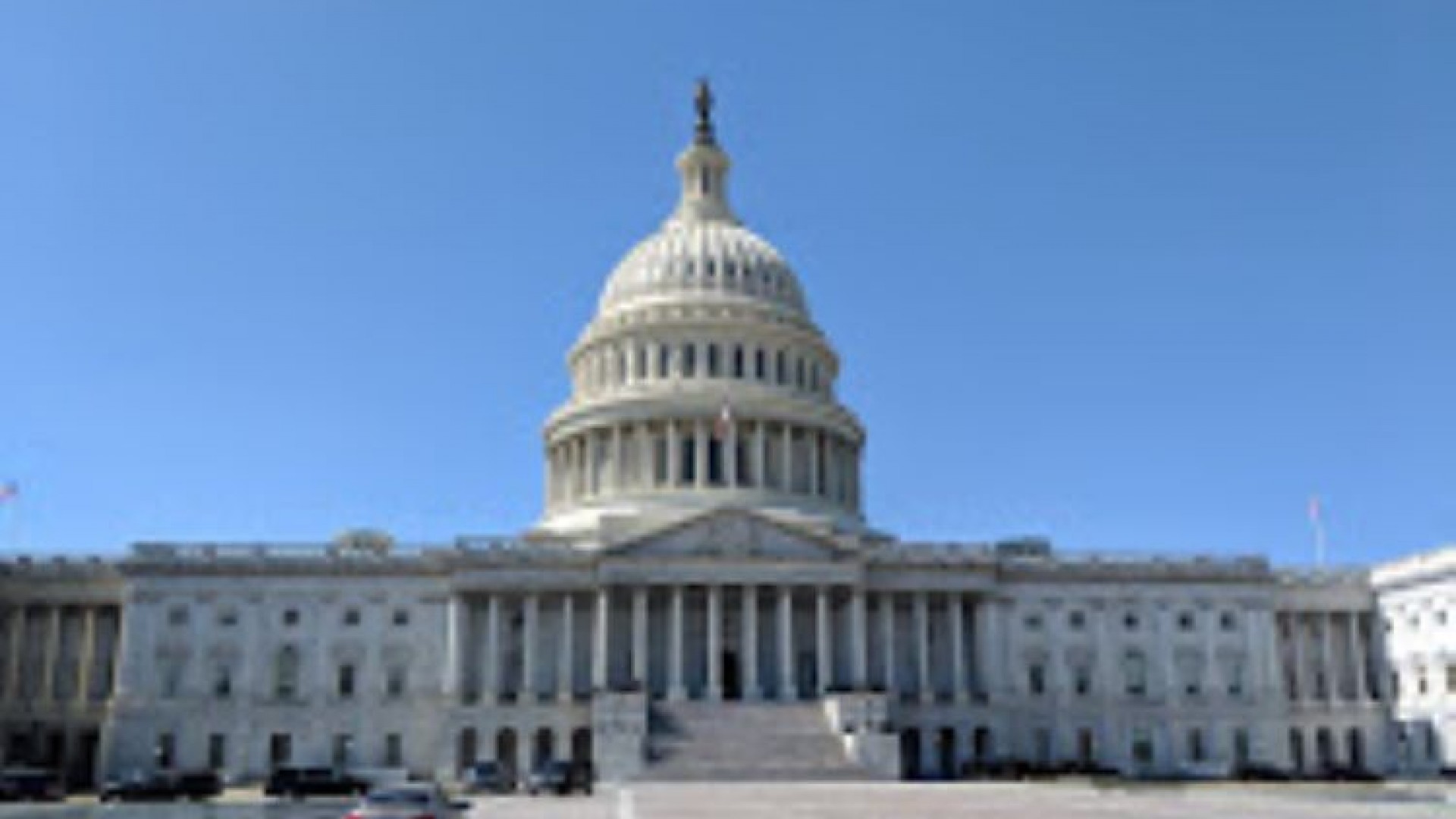This week, the Federal Reserve took an extraordinary step to contain the economic impact of the global coronavirus outbreak by slashing interest rates in the biggest single rate cut the central bank has ever made. It makes for the biggest one-time cut — half a percentage point — and the bank’s first emergency rate move since the most economically harmful period of the 2008 financial crisis, according to the New York Times.
“The virus and the measures that are being taken to contain it will surely weigh on economic activity, both here and abroad, for some time,” said Federal Reserve Chairman Jerome Powell at a news conference announcing the cut, while adding the Fed was “prepared to use our tools and act appropriately, depending on the flow of events.”
The economic effect of the coronavirus has already been pronounced even considering that there is not a widespread nationwide epidemic, with the rate cut failing to stave off a drop in stocks and bond yields on Tuesday according to the New York Times. Stocks rallied on Wednesday due to a combination of factors, including the rate cut and optimism generated by a new $8.3 billion congressional spending package related to the federal response to the virus according to the Wall Street Journal.
However, indications on trading as of early Thursday pointed to another slide in stock values and yields on government bonds, according to the New York Times.
Possible reverse mortgage effects
One of the possible effects the rate cut could have on the reverse mortgage business is the rate charged on loans, according to Reverse Market Insight President John Lunde.
“Lowering the fed funds rate is more likely to reduce the interest rate charged on loans since it’s more closely related to the one month and one year rates for CMT and LIBOR,” Lunde tells RMD.
While some may be prone to point to the rate cut having the ability to fuel reverse mortgage refinance business, Lunde says that the fundamental drivers in that business segment are driven by areas different from the Fed’s immediate sphere of influence.
“The refi business is more driven by drops in 10-year rates which are more driven by market forces than the Fed typically,” he says. “Of course, the market has driven those rates down significantly in the last two weeks also, which should make things more attractive to borrowers in that lenders can offer the highest PLFs and also potentially reduce closing costs with lender credits with where rates are at for some deals.”
Responses by reverse mortgage lenders
For its part, American Advisors Group (AAG) communicated that it will try and make any potential benefits to customers clear.
“We’re making every effort possible through our marketing and sales channels to communicate with previous and current customers about the opportunity created by the reduction in rates,” said AAG Vice President of Retail Sales James Mittleman in an email to RMD. “The low rate environment is allowing some customers to achieve a reverse mortgage, when previously, they couldn’t tap into enough equity to qualify.”
The rate reduction also has other direct reverse mortgage benefits to consumers, Mittleman added.
“The reduction in rates not only creates a lower accumulating loan balance over time, but it also allows us to help customers gain access to additional equity that they previously weren’t able to access in higher rate environments,” he said.
This is also an opportunity worth exploring for new senior customers according to the leadership of Reverse Mortgage Funding (RMF).
“Rates are at historic lows and this is an opportune time to market to the over 16 million senior households that have a first lien,” said RMF President David Peskin in an email to RMD.
On the origination side
While the cut from the Fed is not specifically to mortgage rates, this may foreshadow mortgage rates hitting record lows in the coming weeks according to Open Mortgage CEO Scott Gordon.
“This rate environment is an amazing opportunity for loan originators who have kept a detailed client database,” Gordon told RMD. “Those originators will have a ready made pool of clients who did not quite qualify before, but who may qualify now with the low rates.”
Originators may find new receptivity in their pool of leads because of the latest developments in the rate environment, Gordon told RMD.
“Originators who do not have the large database should still be hitting their networks as hard as they can to find clients who they can help now with the current rate environment,” he said.
Open Mortgage is also doing its part to communicate any potential benefits borrowers may be able to enjoy from the current environment to try and expand the pool of borrowers in the space, Gordon added.
“The reverse industry needs to remember that the public doesn’t always understand how these rates affect their borrowing opportunities. We all need to spread the word,” he said.
Some originators, however, note that a rate cut is not likely to change much if customers don’t find themselves rate shopping anyways.






